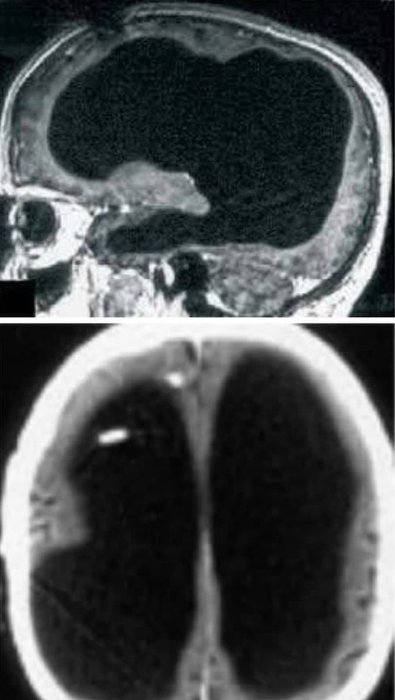Sublime
An inspiration engine for ideas
Brain Health
Lucie Schnitzer • 8 cards
Rebuilt my burned-out brain
Iry • 3 cards
Brain and AI
Mary Martin • 1 card
We’ve been led to believe that the human brain is an all-purpose, all-powerful thinking machine. We’re deluged with reports of discoveries about the brain’s astounding abilities, its lightning quickness and its protean plasticity; we’re told that the brain is a fathomless wonder, “the most complex structure in the universe.” But when we clear away
... See moreAnnie Murphy Paul • The Extended Mind: The Power of Thinking Outside the Brain
Later research by Martin Teicher at McLean Hospital showed that different forms of abuse have different impacts on various brain areas at different stages of development.
Bessel van der Kolk • The Body Keeps the Score: Brain, Mind, and Body in the Healing of Trauma
Brain Food
Heloise • 1 card

The human neocortex, the outermost layer of the brain, is a thin, essentially two-dimensional structure with a thickness of about 2.5 millimeters (about a tenth of an inch). In rodents, it is about the size of a postage stamp and is smooth. An evolutionary innovation in primates is that it became intricately folded over the top of the rest of the
... See moreRay Kurzweil • How to Create a Mind: The Secret of Human Thought Revealed
This basic and lower-functioning brain served to keep us safe thousands of years ago in a primitive world of relentless threats like starvation, temperature extremes, warring tribes and saber-toothed tigers. It functions to do one main thing: maintain a steady state while warning us against dangers so we survive and propagate our species.